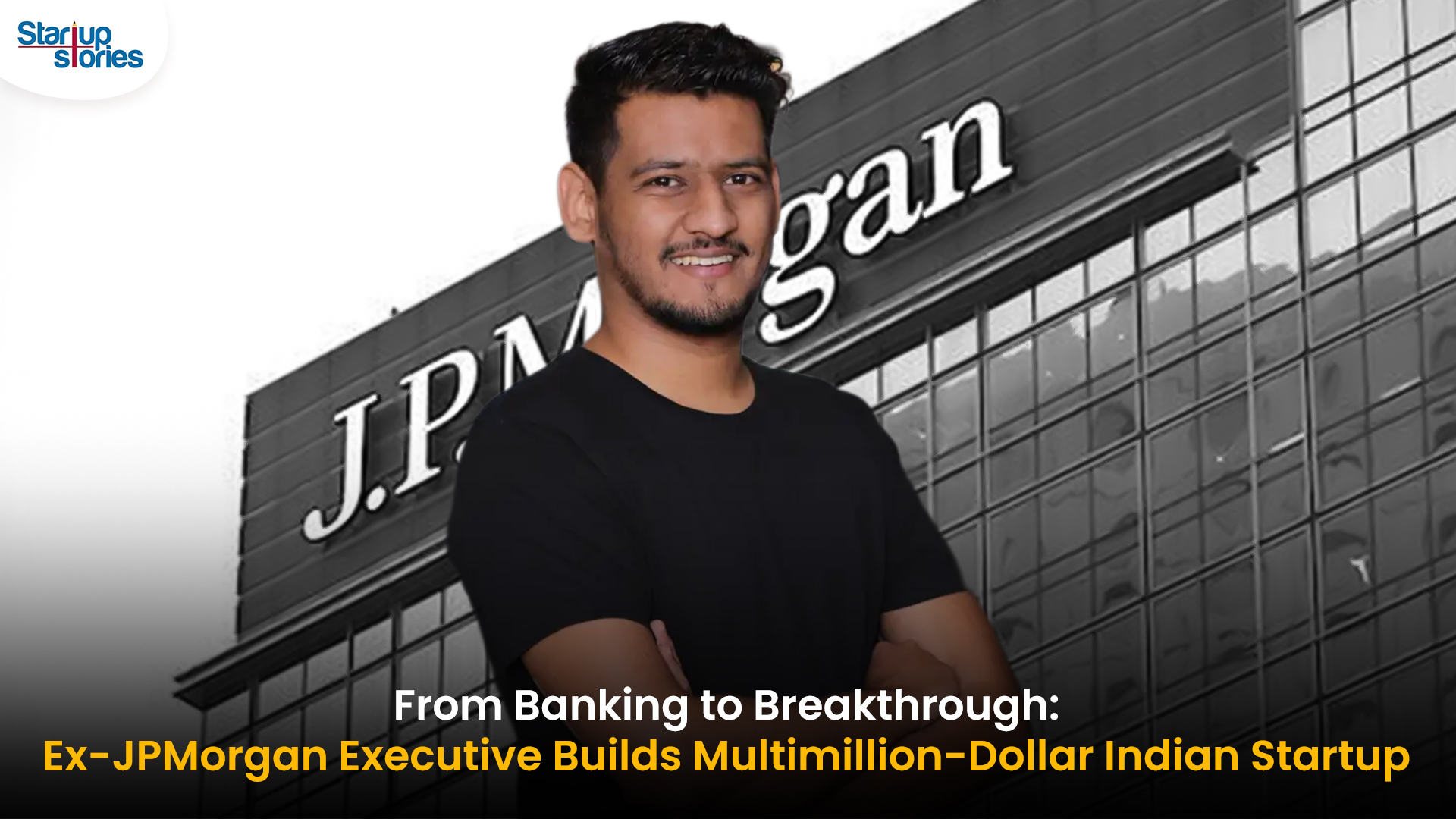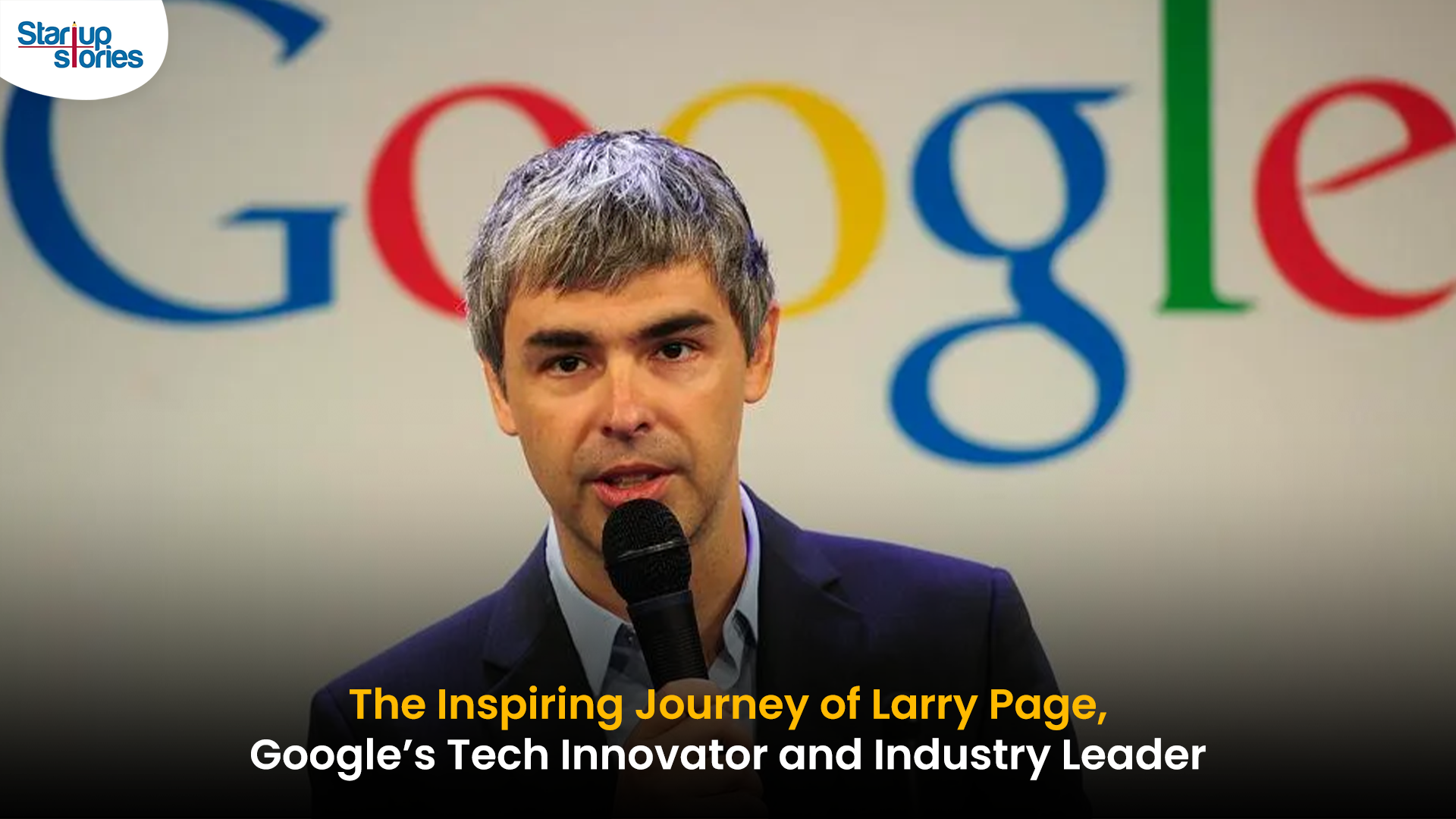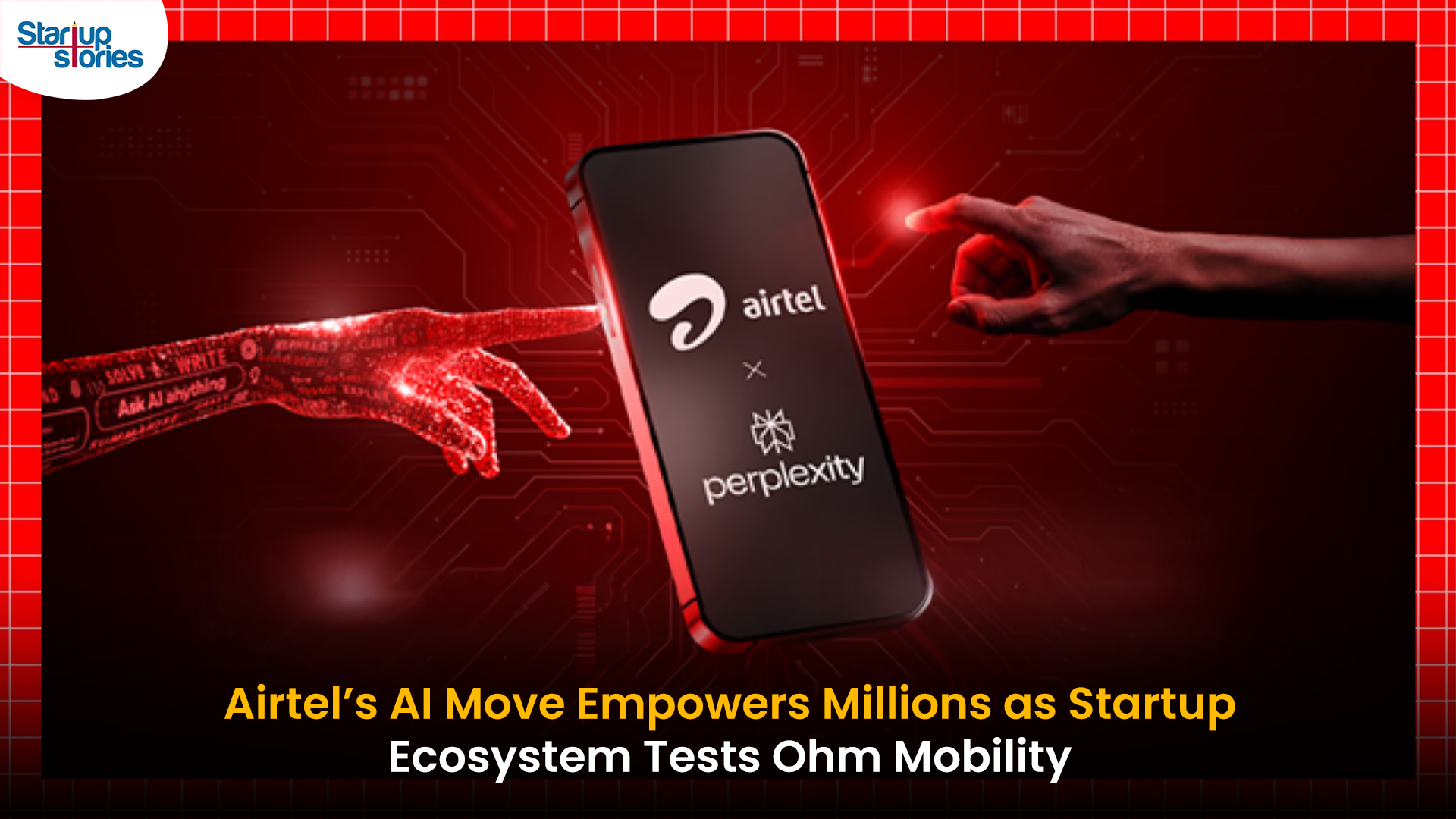Entrepreneur Stories
Instagram: The True Founding Story

Instagram, the photo sharing app created by Mike Krieger and Kevin Systrom from Stanford University, spins the tale of success capitalized the right way. Launched way back in the year 2010, Instagram today boasts of 700 million registered users, with more than 400 million people visiting the site on a regular basis. Out of the 700 million users, around 17 million are from the United Kingdom alone!
When the two founders started talking about their idea, they quickly realised they had one goal in mind: to make the largest mobile photo sharing app. However, before Instagram, the two had worked together on a similar platform called Burbn. For Instagram to work, Krieger and Systrom decided to strip Burbn down to the bare necessities. Burbn was quite similar to Instagram and had features which allowed users to add filters to their pictures.
The pair looked at how users in Burbn’s beta gravitated toward photo sharing and then studied every single popular app in the photograph category. Mike and Kevin scrapped Burbn completely and decided to create a brand new platform. Very soon, they realised the photo sharing app had gotten a little saturated. During the multiple stages of development and modifications, a precursor to Instagram called Scotch was made. However, Scotch tanked because it didn’t have many filters, was slow and riddled with a few too many bugs.
With their UX skills, Krieger and Systrom refined Instagram to require as few actions as possible. Unlike the original version of Path, Instagram didn’t force users to add tags about people or places to their photos. A photo could be posted in as few as three clicks. Mirroring Twitter, they made Instagram public by default. After months and months of testing, Instagram was officially launched on 6 October, 2010.
Launched at just the right time, Instagram had 25,000 users on its very first day! For late 2010, with fewer I Phones in the market, that was quite a big number. Krieger and Systrom were not only minimalist in their approach to the app, but to the market as well. New financing gave Systrom and Krieger the opportunity to hire more people, but the founders kept the company very lean with barely a dozen employees. By March 2012, the app’s user base extended to more than 27 million.
Once Instagram was released for Android phones, the app was downloaded more than one million times a day. Interestingly, the online social media platform was all set to receive an investment of $ 500 million. Furthermore, Systrom and Zuckerberg were in talks for a Facebook poised takeover. In April 2012, Facebook made an offer to purchase Instagram for about $ 1 billion in cash and stock, with the key provision that the company would remain independently managed. Shortly thereafter and just prior to its initial public offering, Facebook acquired the company for the whopping sum of $ 1 billion in cash and stock.
After the Facebook acquisition, the Instagram founders have done little to change the user phase, sticking to the simplicity of the app. The astounding rise of Instagram’s popularity proves that people believe in real connections rather than those based on only words.
Entrepreneur Stories
Indian Man Quits JPMorgan, Takes 70% Pay Cut to Launch $6 Million Startup

Leaving behind a high-paying job at JPMorgan, an Indian entrepreneur embraced a 70% salary cut to pursue true purpose and passion in the startup world. Disenchanted with what he described as a “robotic” corporate routine, he sought meaningful work that made a real impact. This pivotal decision marked the beginning of his new journey, one focused on value creation rather than titles and corporate perks.
Powered by resilience and fresh perspective, the entrepreneur launched his own startup, prioritizing innovation and hands-on solutions. The road was challenging, but his vision resonated with the market: the startup quickly gained traction and raised $6 million—an impressive acknowledgement of its potential in a competitive landscape. Every hard lesson from early setbacks and bootstrapping paid off in real customer growth and investor confidence.
Today, his journey stands as an inspiring example for professionals seeking authentic success outside the corporate grind. By trading comfort for creative freedom, he grew a venture that solves important problems, generates jobs, and builds wealth beyond just salary. For ambitious founders, his story highlights the power of risk-taking, adaptability, and relentless focus on impact in India’s thriving startup ecosystem.
Videos
Larry Page: The Visionary Co-Founder Behind Google’s Global Success

Larry Page is a visionary technology entrepreneur and co-founder of Google, one of the world’s most influential companies. Born in 1973 in Michigan, Page grew up surrounded by computer technology, which inspired his passion for innovation from an early age. He studied computer engineering at the University of Michigan and later pursued his PhD at Stanford University, where he developed the revolutionary PageRank algorithm with Sergey Brin. This technology fundamentally changed the way search engines rank websites, making Google the most accurate and popular search engine globally.
The journey of Larry Page and Google began in 1998 when they officially launched the search engine from a small garage. Leveraging their unique algorithm, Google quickly surpassed competitors due to its ability to deliver highly relevant search results, transforming internet search forever. Under Larry Page’s leadership as CEO, Google expanded beyond search to launch groundbreaking products including YouTube, Gmail, and Google Maps, turning it into a global tech powerhouse that shapes how we access and interact with information online.
Larry Page later became the CEO of Google’s parent company, Alphabet Inc., driving innovation and investment in next-generation technologies such as artificial intelligence, autonomous vehicles, and healthcare solutions. His visionary leadership and commitment to technological advancement have cemented his legacy as one of the most influential figures in the tech industry. Today, Larry Page remains a key influencer in shaping the future of technology and digital innovation worldwide.
Entrepreneur Stories
India’s Tech Story: Airtel Spreads AI Access, Ohm Mobility Lessons

Bharti Airtel has launched the innovative “Airtel-Perplexity Blueprint,” partnering with Perplexity to provide over 360 million customers free access to Perplexity Pro for a year—a benefit valued at ₹17,000 ($200). This collaboration enables Airtel users across mobile, broadband, and digital TV to harness advanced capabilities in generative AI, including leading AI models like GPT 4.1, Claude, and Gemini, along with up to 300 Pro searches daily, image generation, document analysis, and personalized planning services. The move is seen as a milestone for telecom innovation and the democratization of AI in India, making powerful research and productivity tools accessible to a massive user base.
This strategic partnership positions Airtel as an “AI-first” telecom provider, allowing it to gain key insights into user interactions with artificial intelligence and adapt its networks for growing digital demands. For Perplexity, the tie-up grants exclusive access to India’s vast telecom audience, rapidly propelling the app to the No. 1 spot on the Indian App Store, surpassing global competitors like ChatGPT and Google Gemini. Airtel customers can activate their complimentary subscription seamlessly through the Airtel Thanks App, under the Rewards and OTTs section, reinforcing Airtel’s commitment to digital customer empowerment.
The broader Indian startup ecosystem reflects both breakthrough innovation and hard-earned lessons, illustrated by the recent shutdown of Ohm Mobility, an EV financing startup. Despite multiple pivots and industry-leading investors, Ohm Mobility struggled to achieve a sustainable business model—a reminder of the challenges in market fit and adaptability. As AI adoption accelerates and startup realities evolve, industry leaders like Airtel and Perplexity are setting new standards, while others, like Ohm Mobility, offer valuable insights on resilience and the importance of business model flexibility in India’s dynamic tech landscape.














z4t46
June 5, 2025 at 11:03 pm
how to buy cheap clomiphene price how to buy cheap clomid withou clomid at clicks where to buy cheap clomiphene tablets can i get cheap clomid can i get generic clomiphene prices where can i buy cheap clomid no prescription
GO88
November 7, 2025 at 4:28 am
Tham gia cộng đồng game thủ tại Go88 để trải nghiệm các trò chơi bài, poker phổ biến nhất hiện nay.
谷歌蜘蛛池
November 8, 2025 at 4:41 pm
利用强大的谷歌蜘蛛池技术,大幅提升网站收录效率与页面抓取频率。谷歌蜘蛛池
站群程序
November 13, 2025 at 6:29 am
采用高效谷歌站群策略,快速提升网站在搜索引擎中的可见性与权重。谷歌站群
MM88
November 13, 2025 at 1:13 pm
Với giao diện mượt mà và ưu đãi hấp dẫn, MM88 là lựa chọn lý tưởng cho các tín đồ giải trí trực tuyến.
MM88
November 16, 2025 at 2:29 pm
Khám phá thế giới giải trí trực tuyến đỉnh cao tại MM88, nơi mang đến những trải nghiệm cá cược thể thao và casino sống động.
Kuwin
November 29, 2025 at 4:28 am
kuwin sở hữu kho game đa dạng từ slot đến trò chơi bài đổi thưởng, mang đến cho bạn những giây phút giải trí tuyệt vời.
J88
November 29, 2025 at 9:00 am
Đến với J88, bạn sẽ được trải nghiệm dịch vụ cá cược chuyên nghiệp cùng hàng ngàn sự kiện khuyến mãi độc quyền.